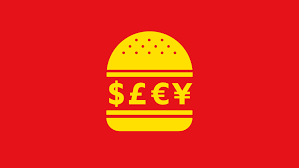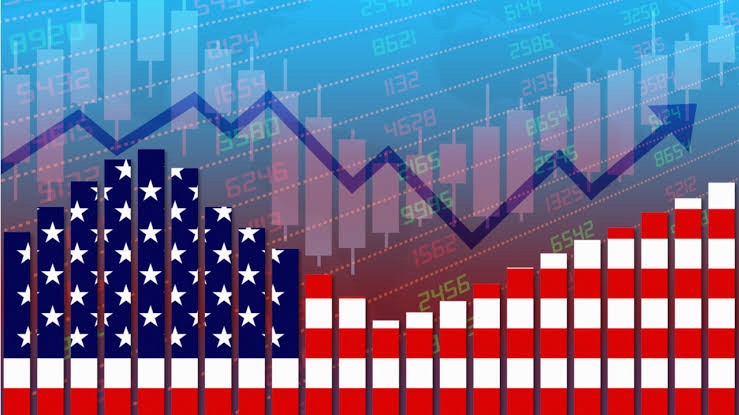Trends and fashion never cease to amaze us. The most unlikely things become popular overnight. Things that would have been considered hideous and ridiculous a decade ago may be a common sight now. Recently, another such trend has popped up, and it goes by the name of thrifting.
I am sure everyone has heard of the term ‘thrifting’ somewhere. Shopping at any second-hand store where items are sold at discounted prices is thrifting. Now commonly associated with buying gently used clothes, thrifting has become more popular than ever before. The fashion trend surged during the pandemic when the hashtag #ThriftTok gained 1.6 billion views. Many millennials and Gen–Z caused this surge as they got quality items for lower prices and because it was more sustainable than fast fashion. However, this growing trend has drawbacks hidden under its veil of sustainability.
In our world, almost every waking minute is spent on our gadgets, while we scroll into the never-ending world of social media, we come across multiple videos of influencers buying colossal amounts of clothes from different thrift stores. As entertaining as it is to watch, these videos encourage overconsumption in thrift stores which defeats their purpose, as thrifting is supposed to be a slow and ethical method of buying clothes. Buying second-hand clothes at a ‘fast fashion’ rate means more clothes end up in landfill as purchasing overrides usage. As a result, more clothes are found in thrift stores every time one visits, encouraging people to repeatedly buy ‘new’ clothes, increasing their demand, and raising prices. Thrifting stores began to imitate the retail economy, having almost ‘new’ clothes every season. This harms people who rely solely on thrift stores as their clothing source, usually people in the lower income groups.
Thrift stores were set up during the 1800s due to exceeding waste from textile industries, these became well-established brands by the 1920s amongst immigrant folk due to racial stigmas. Though there was still a certain sense of shame surrounding people who thrifted in the early 2000s, a survey taken during this time confirmed that over 39% of children were bullied due to not wearing clothes that were in fashion or old clothes. However, another survey showed a rise in the second-hand market as people were forced to use cheaper options of clothing during the Great Recession in 2008, and ever since it has been a growing trend. Rapper Macklemore’s song “Thrift Shop” which came out in 2012 romanticized and fetishized the act of wearing second-hand clothes and with the growing awareness about the environmental impacts made via their purchases, the demand for thrifted items was seeing a rapid increase.
Immigrants who often opened these thrift stores used their profits to donate to charities supporting their religion, race, etc. But, now, chain thrift stores no longer aim to donate their profits to charity and are used more as money-making schemes. People who volunteer to help in these thrift stores do not get paid to do so, making chain thrift stores another form of a company that follows a capitalist culture. It is also becoming a form of “White Environmentalism” This is because thrifting does not help populations of colour and lower-income groups, due to increasing prices, lower-income groups can afford second-hand goods and thrifting being used as a form of fast fashion causes the benefit only to go to white and wealthy populations.
In summary, while wealthier individuals can choose to thrift for environmental or budget reasons, it’s crucial to acknowledge the unintended consequences. Thrifting for environmental purposes without understanding its impact on lower-income groups neglects environmental justice and doesn’t contribute to the broader environmental movement. Affluent consumers can opt for thrifted items to reduce their environmental footprint. However, this trend can reduce access and affordability for those who rely on thrift stores for necessities. We should support initiatives that provide affordable, sustainable options for all income groups, ensuring that our actions promote a more equitable and sustainable world for everyone.
– Jazmyn Shah






Leave a comment